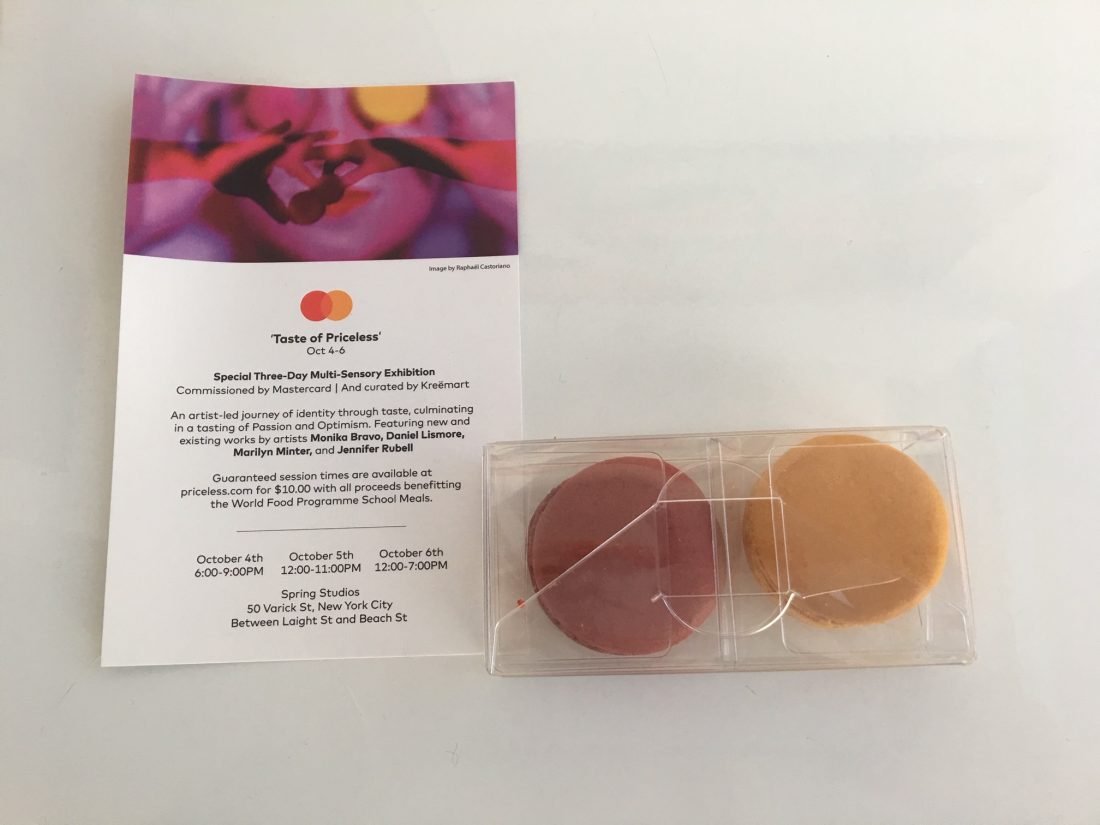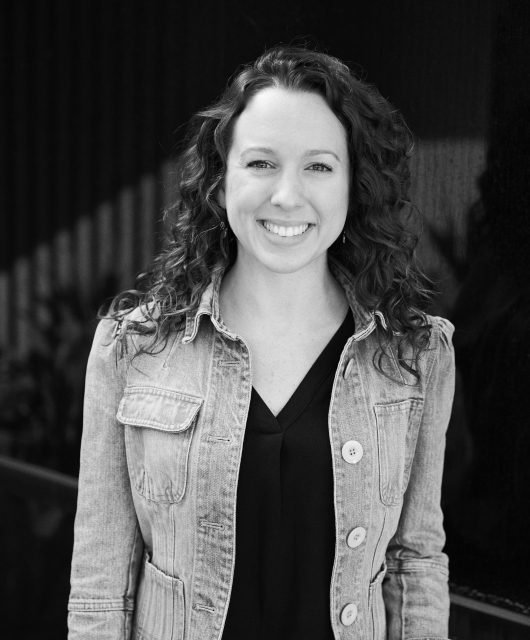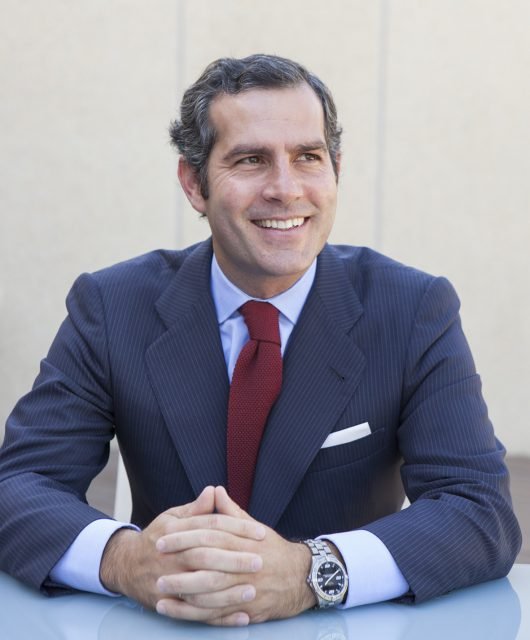The Future Of Marketing Is Multi-Sensory Brand Experiences
When Raja Rajamannar, Chief Marketing Officer at Mastercard, announced at AdWeek New York last week that Marketing 5.0 is Sense and Sensibility, we should all take note!
The vast majority of brand communication focuses on just sight, leaving a paltry amount to appeal to sound, taste, touch and smell. But emotional connections are made with a combination of all five senses. Think about seeing an ad in the cinema and physically feeling the sound in your chest or smelling freshly baked bread at a supermarket. These are powerful cues that generate strong emotional reactions, tapping into the unconscious System 1 way of thinking.
Certain categories lend themselves to certain senses – Quick Service Restaurants to Taste, TV Content providers to sound and vision, fabric softeners to touch and smell. However, creating a sensory signature for every brand could unlock potential for marketers. At MESH Experience we have a Brand Experience Score which articulates different aspects of a brand over time, including the five senses and the reactions in terms of what people think, feel and do. This can be a useful planning tool to spot new opportunities.
Let’s think about some brands that use the senses well.
One of the world’s most iconic brands, Coca-Cola, has understood the value of appealing to different senses for years. The red and white logo is highly distinctive. Coca-Cola understood this so well that they gave Santa Claus a make-over to ensure he was dressed in the right colour scheme. And what sounds do you associate with Coke? The sound of ice cubes tinkling in glass? The hiss of carbonated drinks on first opening? And although smell may be more limited, those bubbles go up your nose in a rather refreshing way. Taste is paramount for a beverage and Coca-Cola has a secret recipe adding mystique to the brand. Even touch is leveraged through the shape of the bottle.
Last year, Pernod Ricard used scent in its London Underground advertising for the launch of UK Beefeater Pink. Posters were strawberry scented and were intended to be playful, fresh and disruptive. The campaign succeeded in generating important awareness for the new brand.
Airlines rely on creating great customer experiences. In the case of Singapore Airlines this goes beyond experiential to the theatrical. From a sensory perspective Singapore Airlines has a consistent scent with every flight attendant being given the “Stefan Floridian Waters” perfume to wear when they are serving customers. Hot towels also share this smell. Colour schemes are kept consistent across interior décor and flight attendant outfits (which are made of silk to indicate luxury) but what I love about the attendants is the change of outfits! Anyone who can disembark from a 15 hour flight looking as immaculately presented as Singapore Airlines’ flight attendants deserves a prize! Sub-consciously their appearance tells us that this flight feels, relaxing, calm and spacious.
Hotels, similar to airlines, already think about the senses. However, Marriott International goes a stage further. Marriott Hotels have been using Virtual Reality and Augmented Reality to add another dimension to their brand marketing experiences. For example, the company used a virtual reality headset to allow customers to experience being digitally transported to vacation destinations that Marriott had a presence in, enabling the customer to see popular spots and also experience smells and sounds associated with the area.

Back to Mastercard. First, we saw the iconic logo with its two circles of different colours having all wording removed from the logo – the visual is enough. Next we learn that, over a number of years, Raja and his team has created a sonic architecture. This is truly impressive! There is music for adverts, there is a sonic signature for the end of the ad and there is even a sound being associated with a successful transaction. What’s more the music can be adapted to local cultures (the instruments are different in Russia than in India) and to different types of activity (opera is different to techno). The sonic library is versatile as well as memorable. Most recently Mastercard has added taste to the lexicon. At AdWeek we were treated to some delicious macarons in Mastercard logo colours! But beyond this obvious association, Mastercard has dug deeper. The marketing team has supported and partnered with an entrepreneur at Red Rooster restaurant. A restaurant is being opened in Rome airport and others are opening in cities, including New York, so customers can enjoy culinary experiences created and curated by Mastercard.
Mastercard, like Unilever with its Magnum Pleasure Stores, understands that experiential touchpoints can be hero media touchpoints. Revenue isn’t necessarily made on the restaurant but through the “spread” of word of mouth on social channels and the deepening of brand equity.
How do brands measure the impact of their sensory initiatives?
At MESH Experience we believe that it is important to measure every single brand interaction through capturing people’s experiences in real time. This way we can see whether people refer to the music at the end of an ad or the smell of clothes just washed in their favourite fabric conditioner. In fact, when working with Gatorade in Mexico, the marketing team believed that if they invested in experiential touchpoints, like gyms, fitness centres and parks, that these would have a disproportionately positive impact. We measured all experiences for the re-launched brand and found that those people who came into contact with an “experiential” touchpoint were much more likely to endorse the new brand attributes the team was looking to move.
In summary:
- Embrace the new era of marketing – in the words of Raja Rajamannar – Sense and Sensibility.
- Audit your brand from a sensory perspective.
- Look at ways to create distinctive assets, making the brand experience more memorable for your customers.
- Measure the impact of your activities to adjust and maximize investment.





